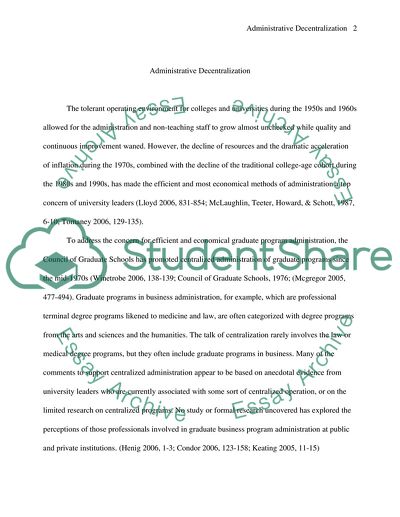Cite this document
(Administrative Decentralization of for Colleges and Universities Research Proposal, n.d.)
Administrative Decentralization of for Colleges and Universities Research Proposal. Retrieved from https://studentshare.org/education/1705561-dissertation-proposal
Administrative Decentralization of for Colleges and Universities Research Proposal. Retrieved from https://studentshare.org/education/1705561-dissertation-proposal
(Administrative Decentralization of for Colleges and Universities Research Proposal)
Administrative Decentralization of for Colleges and Universities Research Proposal. https://studentshare.org/education/1705561-dissertation-proposal.
Administrative Decentralization of for Colleges and Universities Research Proposal. https://studentshare.org/education/1705561-dissertation-proposal.
“Administrative Decentralization of for Colleges and Universities Research Proposal”, n.d. https://studentshare.org/education/1705561-dissertation-proposal.


